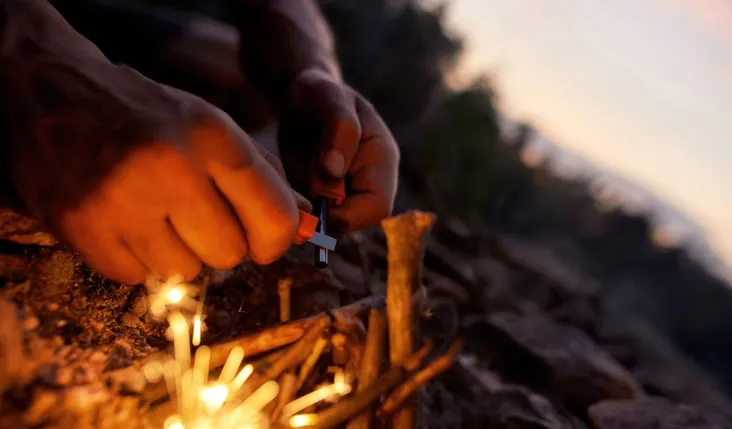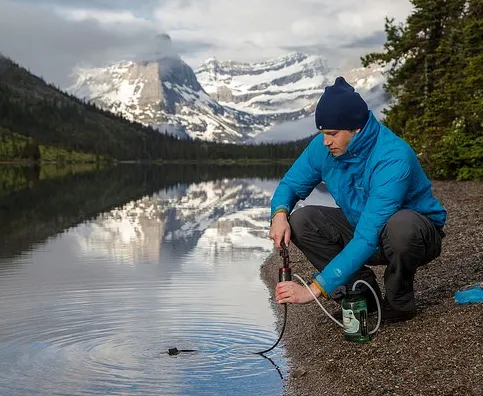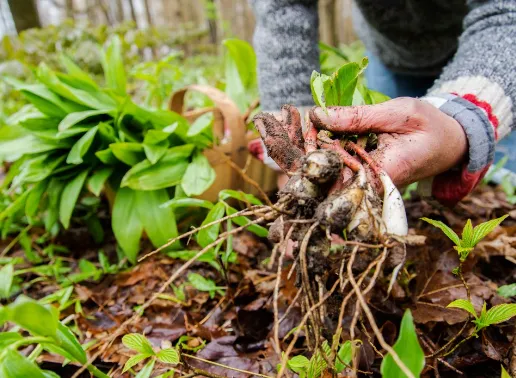8 Essential Backyard Survival Skills to Master Before Heading into the Wilderness

8 Essential Backyard Survival Skills to Master Before Your Next Wilderness Adventure
Preparing for the challenges of the wilderness starts right in your own backyard. By honing these eight essential survival skills at home, you’ll gain the confidence and expertise needed to handle any situation in the wild.

1. Mastering Fire-Building Techniques
Fire is a cornerstone of survival, providing warmth, cooking capabilities, and protection from predators. However, starting a fire in adverse conditions, such as damp weather or with limited resources, can be daunting. Begin practicing in your backyard by gathering materials like dry leaves, small twigs, and carving feather sticks from wood. You can also experiment with flint and steel, or even try creating fire using quartz if you can find it nearby. The more you practice, the more adept you’ll become at quickly igniting a life-saving fire in any environment.
2. Purifying Water for Safe Drinking

Clean drinking water is non-negotiable in a survival scenario. Natural water sources often harbor harmful bacteria, making purification essential. Practice boiling water over your backyard fire, but also explore other methods, such as filtering water through cloth or constructing a DIY filtration system using layers of charcoal, sand, and gravel. Building a solar still is another valuable skill, particularly when water sources are scarce. With these techniques in your arsenal, you’ll be better equipped to ensure a steady supply of potable water in the wilderness.
3. Foraging for Edible Plants

Nature is filled with edible plants that can provide essential nutrients in a survival situation. Start by identifying and foraging for common backyard plants like dandelions, clover, and wild onions. Use a local field guide to help distinguish between edible and toxic species, particularly when it comes to mushrooms and berries. Practicing foraging in your backyard will sharpen your skills and boost your confidence when sourcing food in the wild.
4. Tying Essential Knots
Knot-tying is a versatile skill that can be critical for tasks such as shelter-building, securing gear, or setting traps. Practice tying various knots, including the square knot, bowline, and clove hitch, using a length of rope or cord. Set up different scenarios in your backyard to see how quickly and accurately you can tie the knots under pressure. The ability to tie secure and reliable knots could be the difference between success and failure in a survival situation.
5. Crafting Simple Weapons
For defense and hunting, a basic weapon like a slingshot can be invaluable. Gather materials such as a sturdy Y-shaped stick, rubber tubing, and leather to create a slingshot in your backyard. Once assembled, practice your aim and accuracy by targeting objects like empty cans or soft targets, ensuring the area is safe from people and pets. Regular practice will help you develop the precision needed to use a slingshot effectively in the wild.
6. Building a Survival Shelter
Shelter is crucial for protection against the elements and wildlife. Start by constructing simple shelters like a lean-to or A-frame using materials found in your backyard. As you become more confident, try building more complex structures like debris huts or even snow shelters if you live in a cold climate. Familiarizing yourself with these techniques will prepare you to quickly and efficiently build a shelter in any terrain.
7. Applying Basic First Aid
In the wilderness, knowing how to administer first aid can be life-saving. Practice essential skills such as bandaging wounds, treating burns, performing CPR, and improvising splints using items found around your home. Consider setting up mock scenarios with friends or family to simulate real-life emergencies. Understanding how to stabilize injuries and manage medical issues with limited resources is a critical survival skill.
8. Practicing Fishing and Trapping Techniques
Securing food through fishing and trapping requires knowledge and practice. In your backyard, you can simulate building snares or practice casting a fishing line in a nearby pond or even a kiddie pool. Study different trapping techniques suited to various animals and practice setting them up, remembering to disassemble them afterward to prevent unintended harm to wildlife. This practice will enhance your ability to catch food with minimal energy expenditure in a survival situation.



